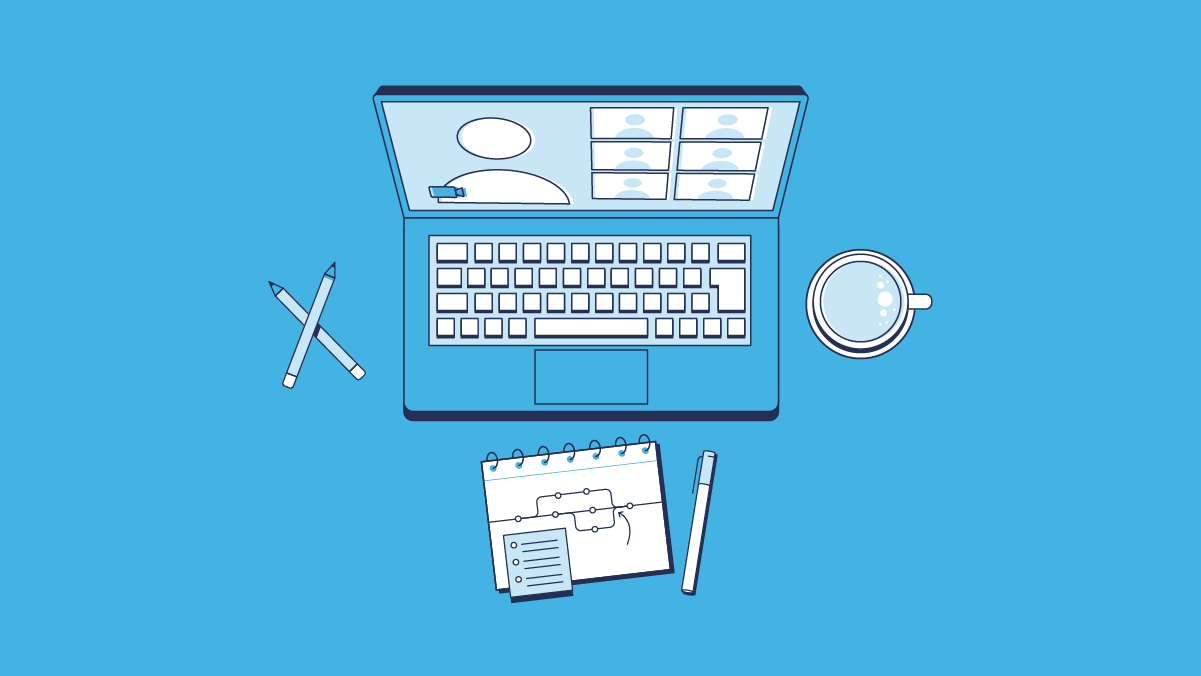Introduction: Salesforce and Cybersecurity Measures
Salesforce and Cybersecurity Measures: In the era of digital transformation, where data is a prized asset, safeguarding it from cyber threats is paramount. Salesforce, a global leader in cloud-based customer relationship management (CRM), has fortified its platform with robust cybersecurity measures. In this blog, we’ll explore how Salesforce prioritizes cybersecurity, ensuring the highest standards of protection for its users’ sensitive information.
1. State-of-the-Art Encryption:
Salesforce employs industry-standard encryption protocols to secure data at rest and in transit. This includes encrypting data stored in databases and during transmission between users and the Salesforce servers. By utilizing strong encryption algorithms, Salesforce ensures that even if data is intercepted, it remains unreadable to unauthorized parties.
2. Two-Factor Authentication (2FA):
Two-Factor Authentication adds an extra layer of security to user accounts. Salesforce encourages the adoption of 2FA, requiring users to provide two forms of identification before granting access. This significantly reduces the risk of unauthorized access, especially in cases where login credentials might be compromised.
3. Robust Access Controls:
Salesforce’s access controls are designed to provide granular control over who can access what information within the platform. Role-based access controls (RBAC) and permission sets allow administrators to define and manage user privileges, ensuring that individuals only have access to the data necessary for their roles.
4. Continuous Monitoring and Threat Detection:
Salesforce employs continuous monitoring and advanced threat detection mechanisms to identify suspicious activities. Automated systems analyze user behavior, flagging anomalies that could indicate potential security threats. This proactive approach allows Salesforce to address potential issues before they escalate.
5. Secure Development Practices:
Salesforce adheres to secure development practices throughout the software development lifecycle. This includes regular code reviews, vulnerability assessments, and adherence to industry best practices for coding security. By embedding security into the development process, Salesforce ensures that its platform is inherently resilient to common security threats.
6. Compliance and Certifications:
Salesforce places a strong emphasis on meeting global compliance standards and obtaining industry certifications. This includes compliance with data protection regulations like GDPR, HIPAA, and more. Certifications such as ISO 27001 demonstrate Salesforce’s commitment to maintaining the highest standards of security and data privacy.
7. Regular Security Audits and Penetration Testing:
Salesforce conducts regular security audits and engages in penetration testing to identify vulnerabilities in its systems. By proactively seeking out potential weaknesses, Salesforce can address and remediate any security issues before they are exploited by malicious actors.
8. Secure Cloud Infrastructure:
Salesforce’s cloud infrastructure is built on a foundation of secure and resilient data centers. These data centers adhere to strict physical security measures, including access controls, surveillance, and environmental controls. The infrastructure is designed to withstand potential threats, both physical and digital.
9. Incident Response and Security Education:
In the event of a security incident, Salesforce has a well-defined incident response plan in place. This includes swift identification, containment, eradication, recovery, and lessons learned. Additionally, Salesforce provides ongoing security education and resources to its users, empowering them to adopt best practices for maintaining a secure environment.
10. Customer Empowerment with Security Health Check:
Salesforce offers a Security Health Check tool that allows users to assess the security of their Salesforce implementations. This tool provides insights into potential vulnerabilities and recommendations for improving security configurations, empowering customers to take an active role in maintaining a secure environment.
Conclusion:
Salesforce’s commitment to cybersecurity is ingrained in its DNA, reflecting a proactive and comprehensive approach to protecting user data. By continuously evolving its security measures, embracing best practices, and empowering users with tools and education, Salesforce stands as a fortress against the ever-evolving landscape of cyber threats. As organizations entrust their valuable data to the Salesforce platform, they can be confident that their information is safeguarded by state-of-the-art cybersecurity measures.



